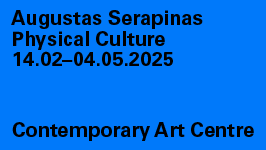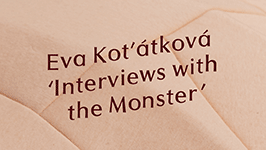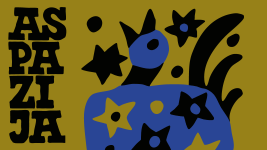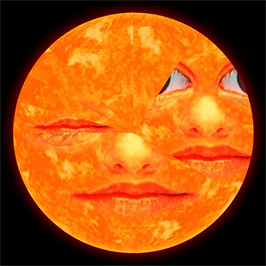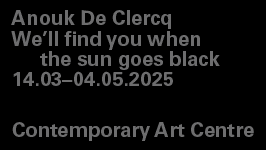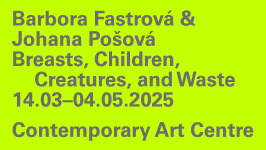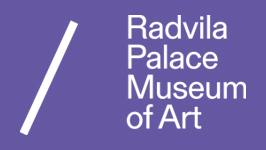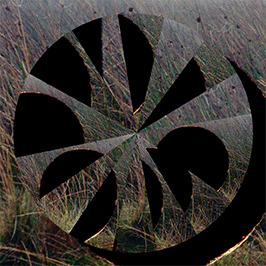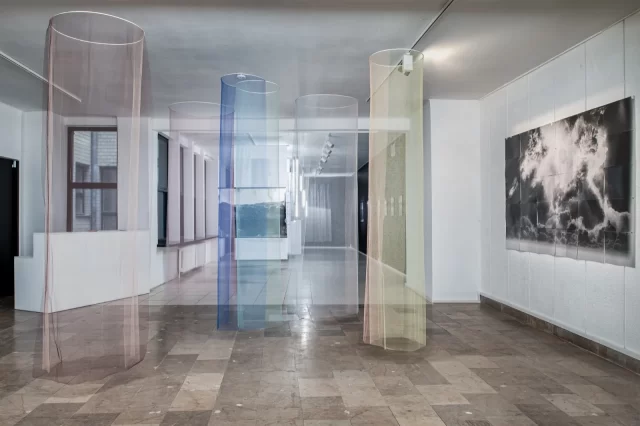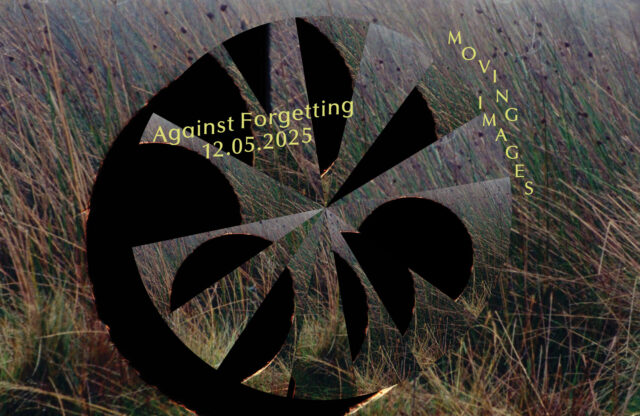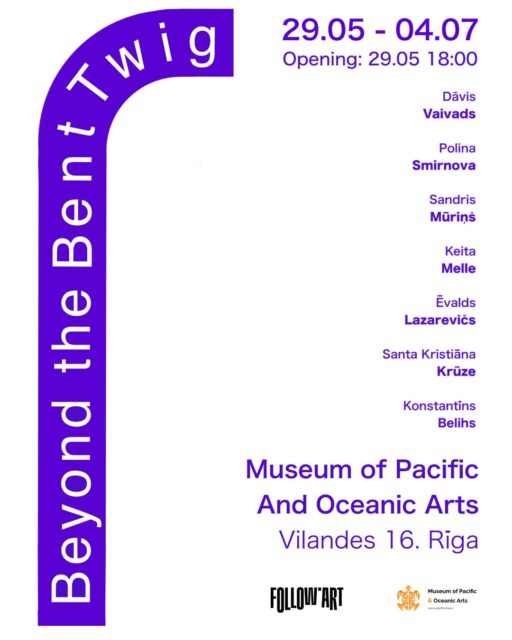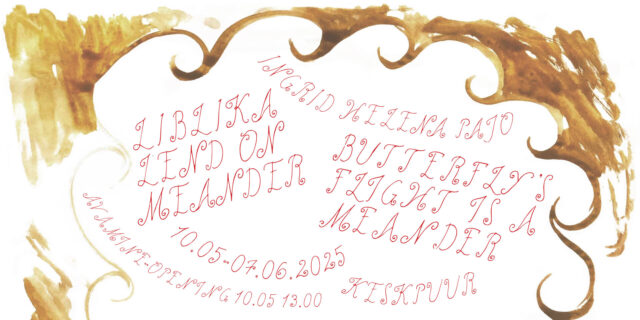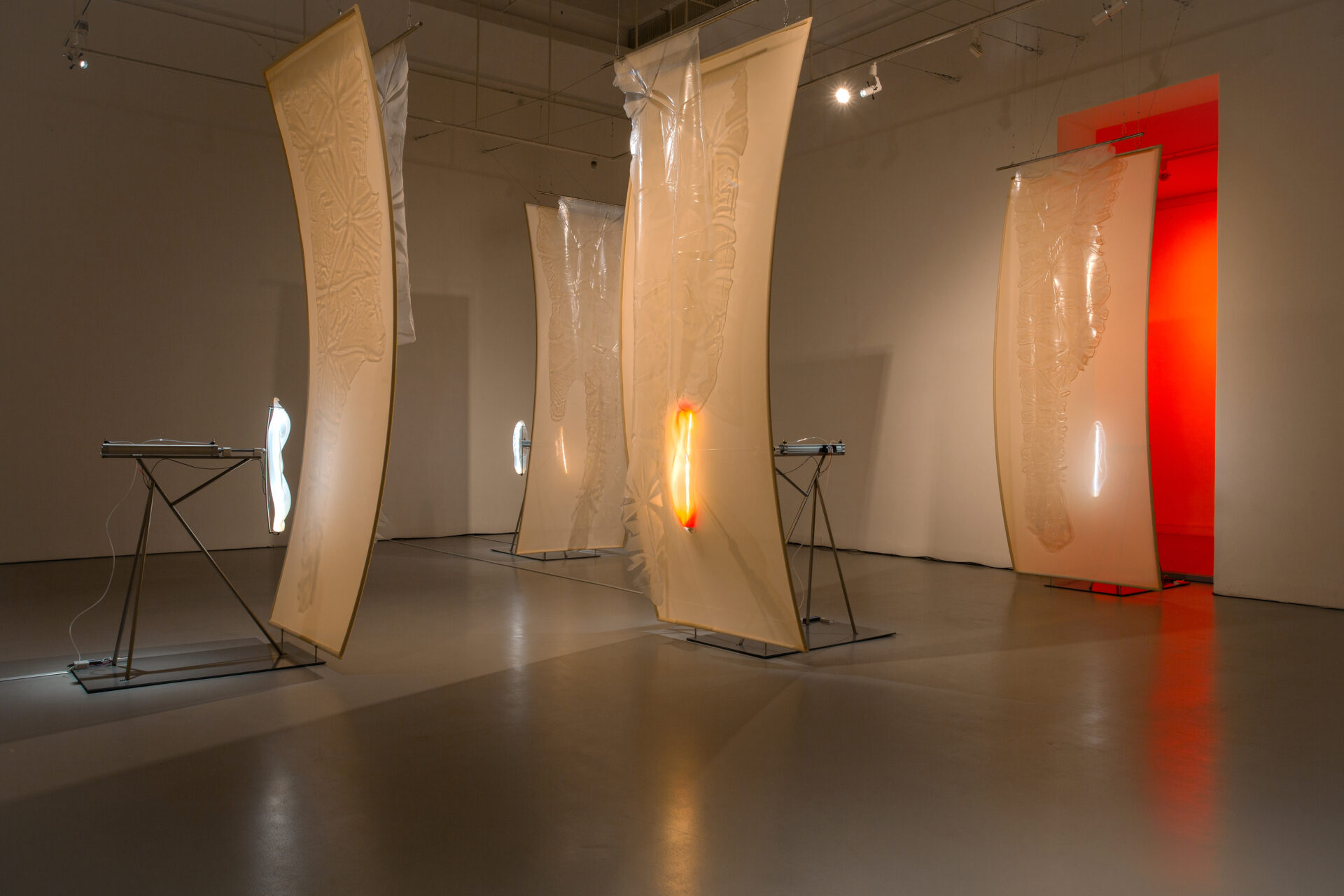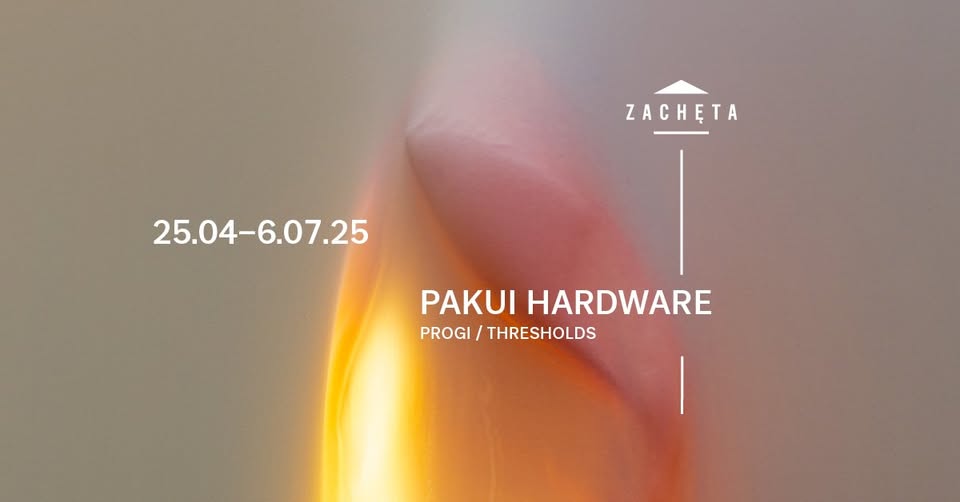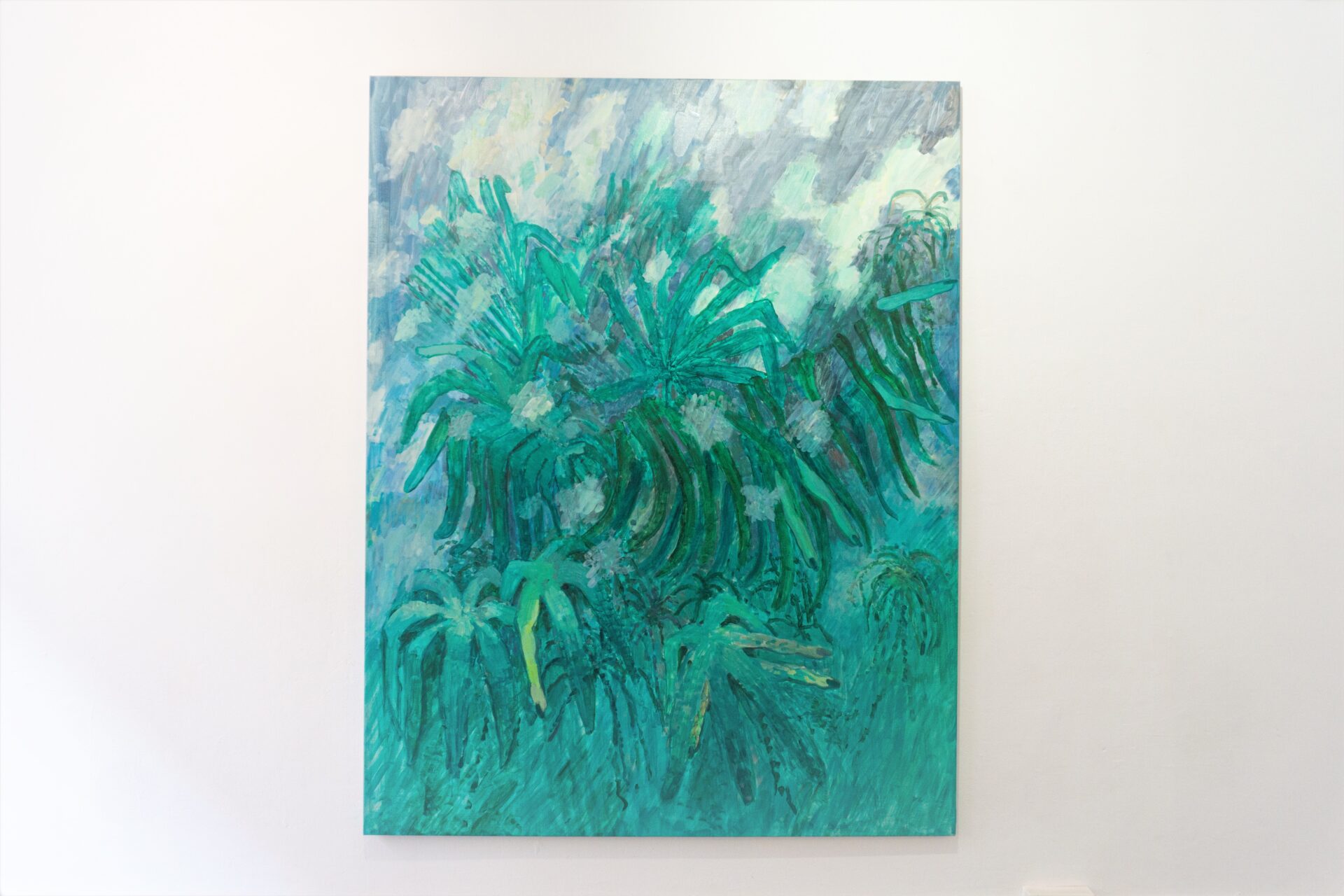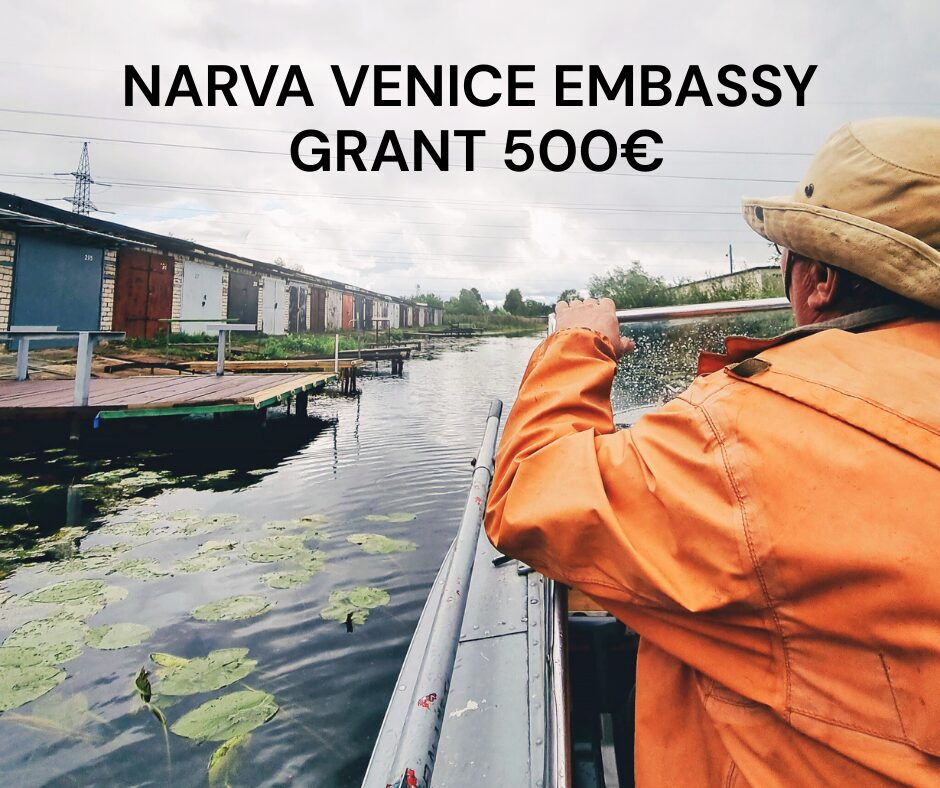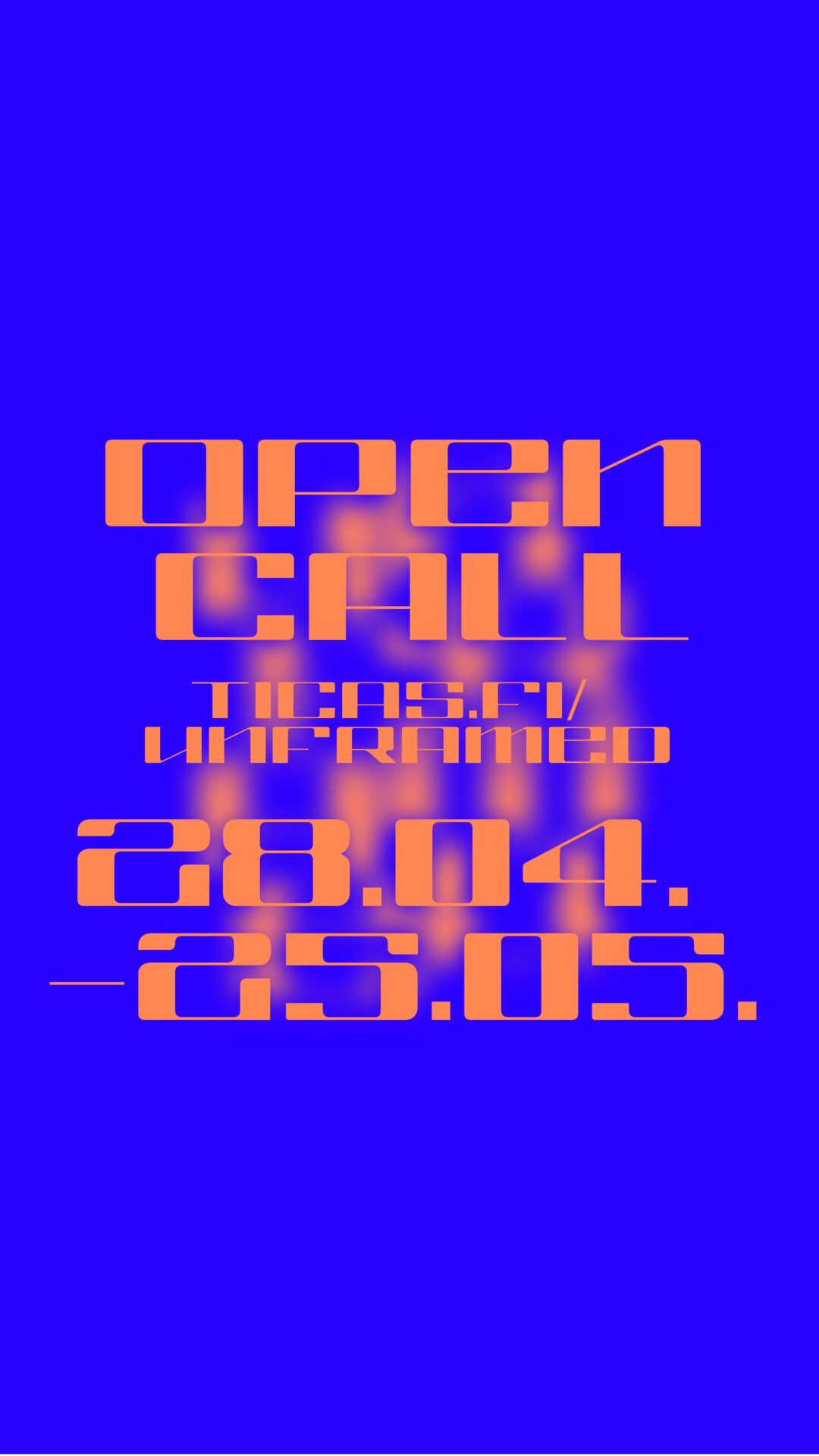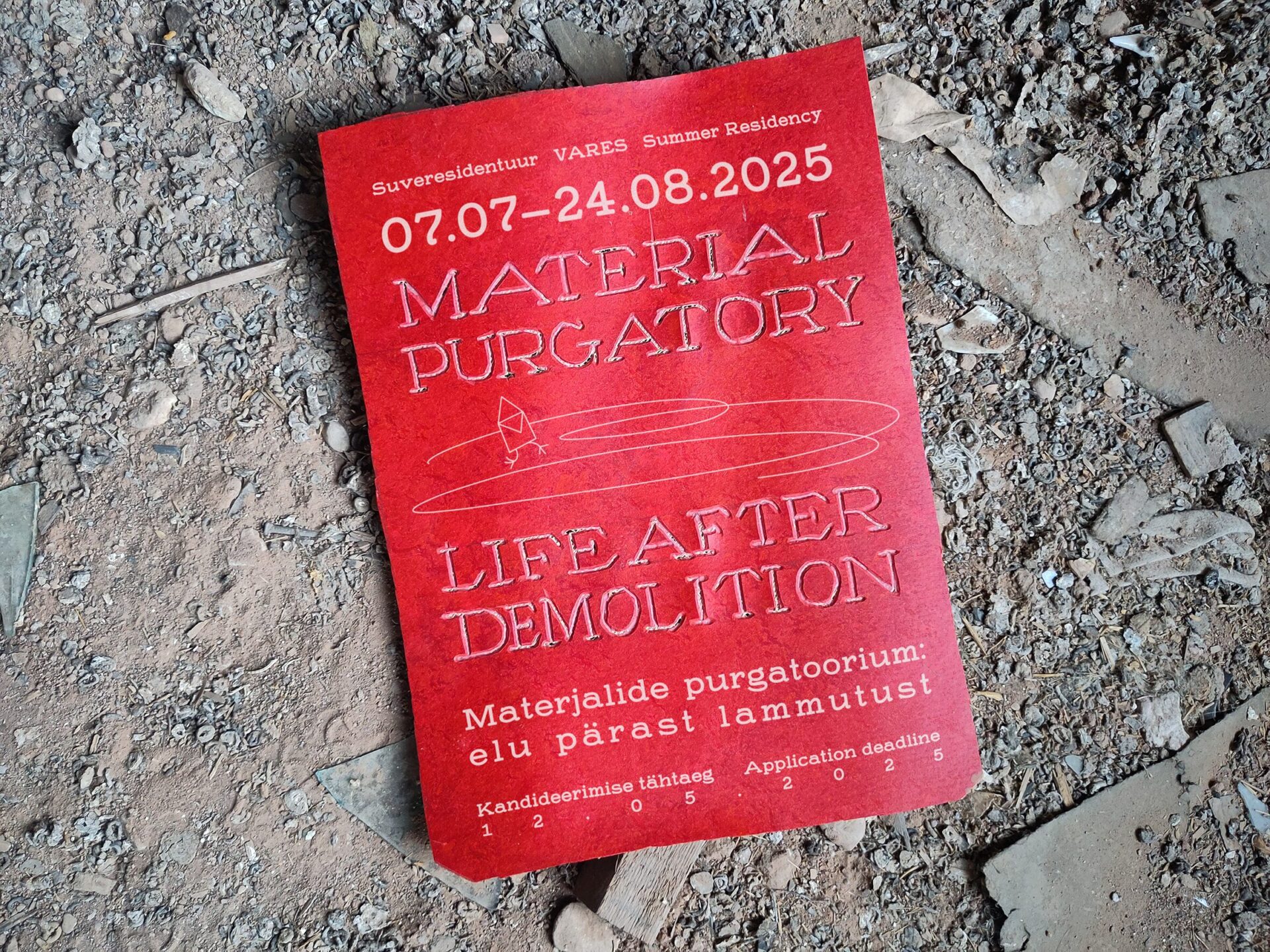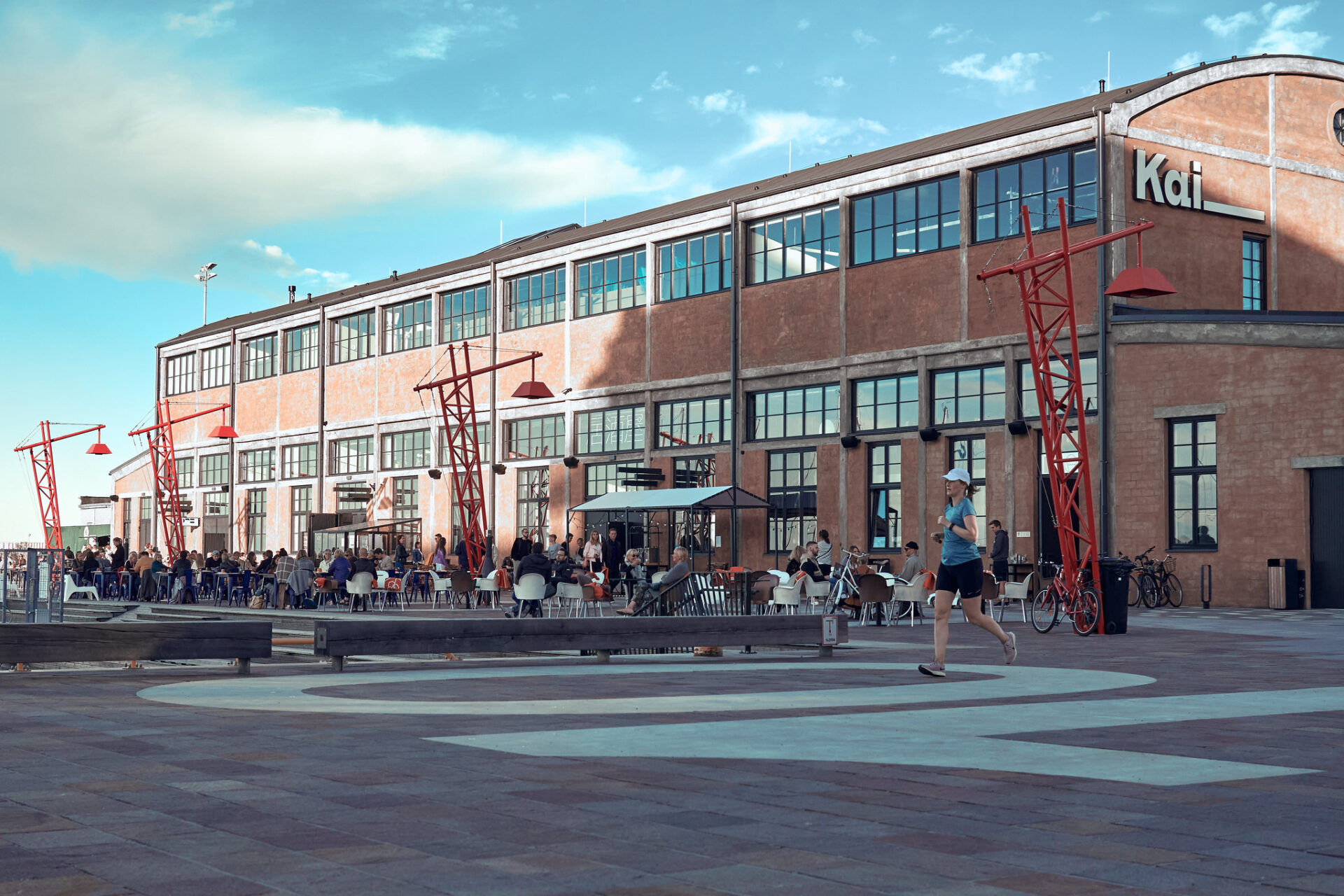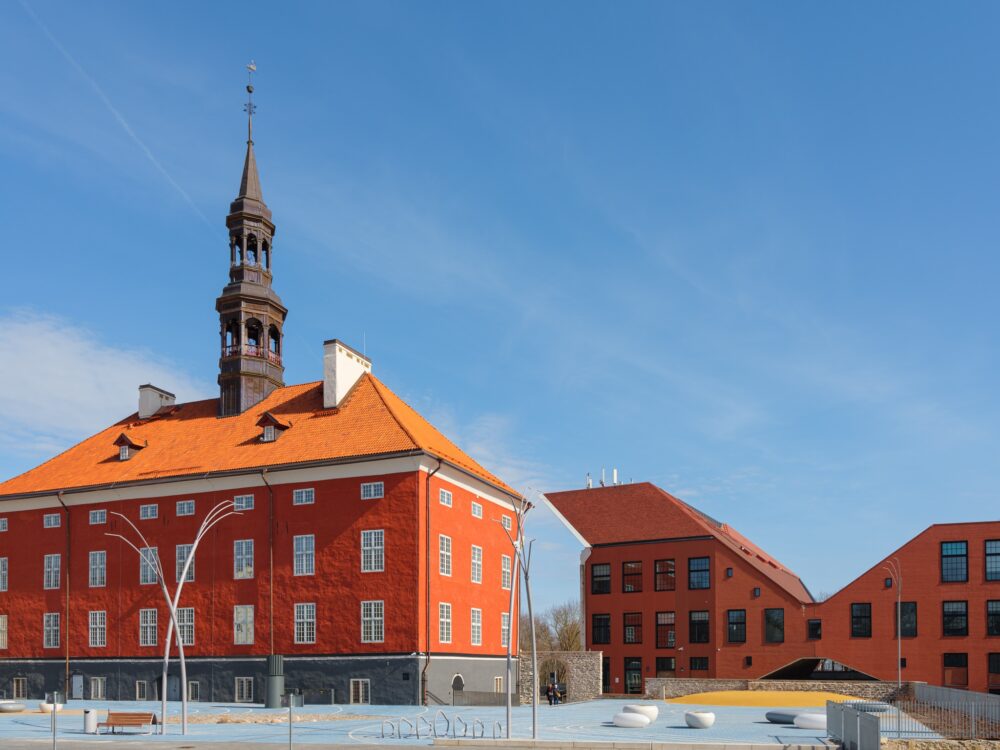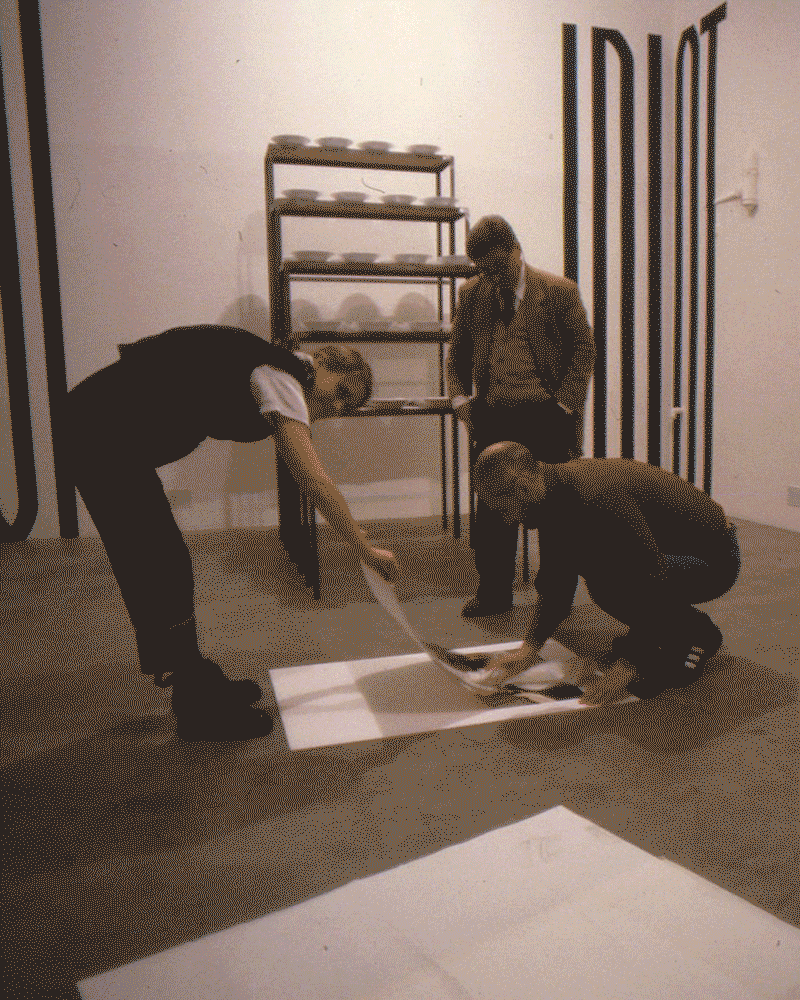The way we encounter urban transformations in the modern city vary sharply –– for some, such development marks the emergence of new and ‘smarter’ future whereas for others a grave omen of a tomorrow they will have no part in. One of the most popular terms for describing these fraught changes is gentrification. While the term has been an effective means for expressing how social linequalities manifest in architecture and the urban landscape, it has a tendency of producing overly reductive narratives about predatory outsiders and local victims. Although these narratives may capture public sympathy — in their heart warming appeals to the victimised communities — they have the problematic side-effect of eliminating more nuanced sites of urban agency and positive cultural/political transformation, that are less incorporable in the monolithic accounts of vampiric hipsters vs impoverished grannies.
We thus turn to the concept of urban regeneration and its discontents. Regeneration overcomes some of the setbacks of the gentrification discourse while retaining the myriad social discontents woven within the capitalist urban landscape. The concept bears the ambiguities of urban change as a multifaceted processes, impacted by: architectural interventions, local agencies, cultural-artistic factors, urban growth narratives, as well as investors and zoning policies. Regeneration is not just a methodology for theoretical analysis, but has also been deployed as a method to transform cities. Invoking the urban imagination and providing cultural forces short-term agencies in the conjuring of urban space and social futures.
As the biggest cities in Lithuania go through new cycles of intense change, we need to explore alternative ways to analyse and adjust urban space. Rash urban decision making procedures and profit driven private sector agendas have led to the escalation of tensions between local communities, urban developers, city planners, and private sector investors. These tensions cannot be resolved through isolated architectural solutions.
Regeneration [and its discontents] approaches these fraught conflicts while attempting to move beyond dominating binary oppositions between stagnating local preservation and dystopic global capitalist futures. Specialists of different disciplines will introduce strategies for activating positive urban and architectural development through art, aesthetics and sound. They will also critically analyse the phenomenon of regeneration and its diverse effects. Regeneration [and its discontents] offers a wide but attentive look at urban processes and hopes to cultivate positive strategies for their alternative analysis and practice.
Curators: Tautvydas Urbelis, Miglė Babickaitė, Noah Brehmer
Design: Anna Karanevskaya ir Valentin Duduk
PROGRAMME
February 26 [wednesday]
19:00 Luna6 [Zanavykų st. 6, Vilnius]
Tomas Marcinkevičius
“Autonomy” in (a Couple Cities of) Central and Eastern Europe: 1)…what? 2) are we really that into it?
February 27 [Thursday]
20:00 National Gallery of Art [Konstitucijos pr. 22, Vilnius]
Anthony Iles
No Room to Move: From the Neoliberal City to Disaster Capitalism
In this presentation Anthony Iles will discuss the formative background of the two concepts: gentrification and regeneration; some recent shifts and developments in the language used to describe state-led or developer-led urban transformation projects in the UK; survey case studies of artists operating each ‘side of the barricades’; offer some reflections on both recent changes and invariants in art’s relationship to urban development and housing; and finally, outline a new project, Housing Art, which takes measure of the present affordances and difficulties framing art’s relation to the city as we move from a phase of neoliberal urbanism to disaster capitalism.
February 28 [friday]
19:00 XI20
Nicloa Guy
Restitution and Alternative Cultural Practices in Unified Berlin
In the period immediately following Berlin’s unification, there was an effort to restitute property to its private owners. The period was marked by both great uncertainty and change as different individuals and groups attempted to make claim on the city. This was particularly felt in the central and formerly eastern neighbourhoods where the housing stock was majority state owned and so either needed to be returned to its original owners or sold off in an attempt to recover some of the debt that the German Democratic Republic had accrued. From the rise of art squats to the development of a commercial art scene the myriad empty buildings in central Berlin were often used for cultural means. Taking examples of autonomous and institutional spaces and events this presentation will examine the ways in which unification and restitution enabled these activities and how the increasing number of creative spaces in turn changed the landscape of the city.
Karolina Rimkute
Co-optation of squat aesthetics as a neoliberal strategy for the normalisation of precarity
The Precariat: problematics of the precariousness of societies younger generation and processes of gentrification are probably the most interesting topics for cultural researchers of the 21st-century. In the age of late capitalism, more and more intensifying strategies of neoliberal economics bear their influences upon us, encouraging various socio-cultural transformations and normalising precariousness.
One of the precarity-normalising strategies could be the appropriation of the D.I.Y. ethic and squat aesthetics (which formed from the latter) in the dominating culture. This practice not only neutralizes the primary meaning of resistance against mainstream urban development but also encourages consumerism and participation in joining the dominating order. Looking at examples of the commercialization of squat aesthetics‘ in London, Berlin and Vilnius, I will illustrate how precariousness is normalised through the co-opting of countercultural aesthetics in urban processes of gentrification.
March 5 [thursday]
20:00 National Gallery of Art [Konstitucijos pr. 22, Vilnius]
Elizabeth Sikiaridi
Hybrid Space
Hybrid Space considers in an integrated way physical space and media networks as well as built space and natural environments. The Hybrid Space approach develops ‘hybrid strategies’ of “crossover”, drawing on the recognition that transferring ideas from one field to another is a recipe for cultural innovation. Hybrid Space Lab addresses the interconnected challenges of today, across the issues of environment and climate change, globalization and migration, digitalization and accelerating technological developments: “We approach the technological developments from the perspective of the designer, architect, urbanist by “inhabiting technology” – transforming technological developments to meet today’s needs and desires”.
March 11 [wednesday]
19:00 Studium P [Pylimo st. 20, Vilnius]
Presentation by Eglė Mikalajūnė and Dionizas Litvaitis
The Falsification of Public Interest and the Formation of Counter Publics. Reflections on cinema Lietuva and Reformatu
March 12 d. [thursday]
20:00 National Gallery of Art [Konstitucijos pr. 22, Vilnius]
Ana Vilenica
Social Art and (Anti-)Social(ist) Housing in Serbia: Contradictions and Antagonisms
Housing is an essential infrastructure for our social reproduction and a crucial element that makes our life possible. Contemporary housing is set in a battleground between a neoliberal movement that attacks its social infrastructure and grassroots movements that struggle against this anti-social organisation and management. Across the world, cities are experiencing these battles as a so-called housing crisis. For a long time, art has been integral to the neoliberal governance and policies around ‘housing regeneration.’ Art is expected to produce social and economic outcomes; to regenerate the hollowed-out economies of post-industrial cities; to energize communities –– regardless of a total paucity of evidence that the arts can perform any of these tasks.
In this lecture, I will focus on the analysis of complex contradictions in social art on the periphery of Europe. Current role(s) of art in the housing struggles are indicators of the current capitalist mutations that are turning the arts into a source of capital. However, artists have been allying with the oppressed, becoming militant accomplices in housing struggles. Principles of solidarity have been a central force in an artistic politics that pushes for: the reclamation of our histories, the building of new care infrastructures and the facilitation of skill exchange/organizing, within housing movements. By focusing on the situation in Serbia, I will make a typology of social art, showing how it is torn between constant submission, artistic exploitation of the social and attempts to come up with alternative narratives and forms of reproduction in the absence of society.
March 19 d. [thursday]
20:00 National Gallery of Art [Konstitucijos pr. 22, Vilnius]
Jaspar Joseph-Lester
Trigger Point: Can Art Prefigure Urban Life?
Art has the ability not only to represent reality but also to shape and give form to it. From novels to painting and direct creative interventions, imaginative renderings of the city enact and render glimpses of urban futures in the present. This talk will explore the relation between art and urban futures. I will be asking: can creative practice work to prefigure urban life? How can practitioners working towards constructing urban futures benefit from the critical and creative engagements with the city? What are the points of interface where creative practitioners can assist in shifting material realities? More broadly, are artistic interventions bounded by the relation between beautification and gentrification? Can this dichotomy be exploded by art?
March 26 d. [thursday]
20:00 National Gallery of Art [Konstitucijos pr. 22, Vilnius]
Banu Çiçek Tülü and Samuel Perea-Diaz
Rhythmic Encounters: Aural Architecture and Sonic Interstices
A visual approach in architecture and urban design shadows hearing and listening abilities. Sound is an important element in helping users understand their environment. This acoustic environment is not only background sound or specific soundscapes; neither is it simply a question of noise pollution caused by traffic or daily activities. It is rather about understanding auditory experiences and discovering the sonic territories in urban space by listening and hearing.
The speakers argue that there is a big potential in researching sound in architecture and urban design practice. How can sound contribute to understanding the built environment? What are the methodologies that foster sound as a participatory tool? In the lecture, the ambivalent relation between sound, architecture and urban space will be discussed from a historical point of view while presenting the speaker’s own interdisciplinary methodologies.
March 28 d. [saturday]
14:00 Stotis district, beginning at Luna6 [Zanavykų st. 6, Vilnius]
Rhythmic Encounters – soundwalk with Banu Çiçek Tülü and Samuel Perea-Diaz
March 28 d. [saturday]
22:00 Empty Brain Resort [Vitebsko st. 23, Vilnius]
How Many Dimensions Does the City Have?
Pollxs Harmanxs (DE)
ToyBoy & DJ Pam
morrr
Mykolaitis
More information and full programme: www.archfondas.lt/en/discussion The entrance is free of charge.
The events organised by Architektūros fondas
Strategic partner of the series: Lithuanian Council for Culture
Sponsor of the series: PAROC
Partner of the series: National Art Gallery (NDG)


